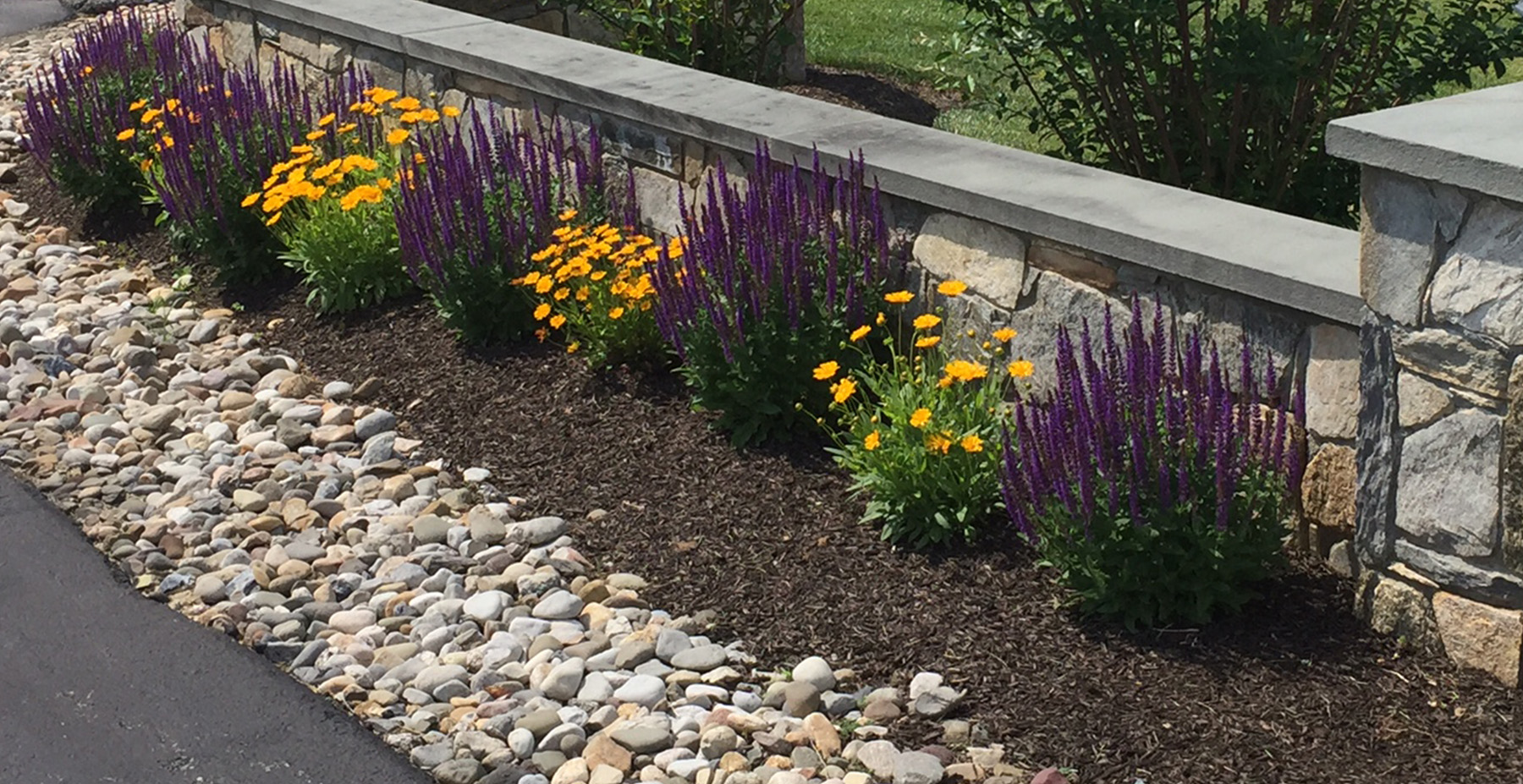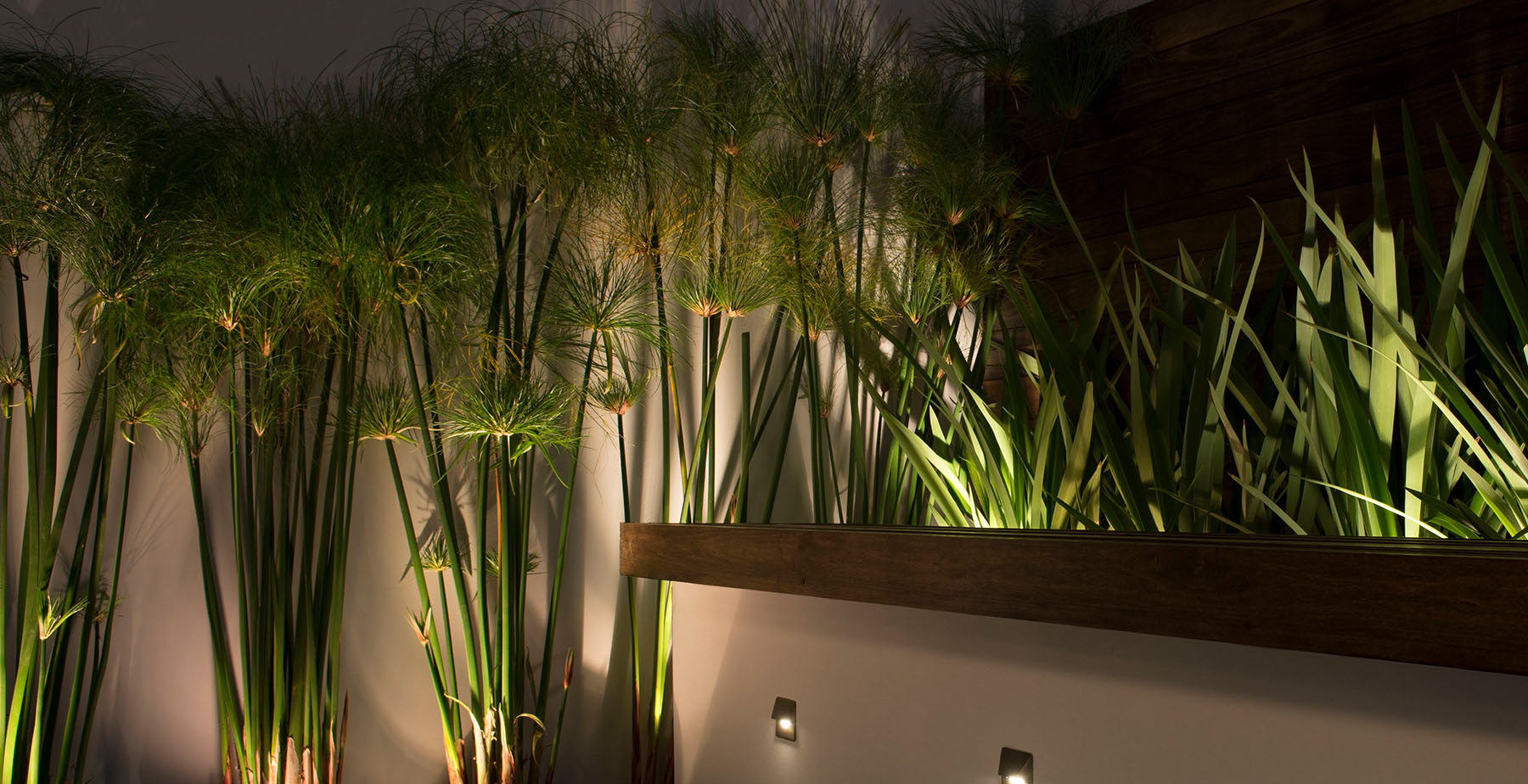The common crape myrtle is a deciduous, small to medium sized shrub or small tree. The ornate flowers have wrinkled petals like crepe paper. The foliage is dark green changing in fall to yellows, oranges, and reds. Many people use crape myrtles in their landscape though few people actually know how to prune them correctly.
Check out the video below to hear Mike explain the proper process!
There are a few things to consider when it comes to pruning crape myrtle trees; timing, shape, and density.
Timing
Here in the Mid-Atlantic our winters can be unpredictable, holding off until all possible winter injury can be removed with the spring pruning is best. Waiting until the buds begin to swell in the spring is the most effective way to achieve this. It’s worth noting that some gardeners prune their crape myrtles in the fall. We do not recommend doing this. Fall pruning removes the current year’s growth that works as a buffer against any potential winter damage and leaves an unattractive look to the tree.

Shape
What to prune? This can vary greatly depending on personal preference. Are you looking for a more natural look for the tree, or is the typical multi-stem tree like appearance more of what you’re going for?
To achieve this look, you’ll want to selectively thin out the tree by removing crowded trunks and cross branches then condensing the canopy. Keeping in mind, if we are too aggressive with the pruning there can be issues with growth for the year.
Density
Crowded trunks – unless you are going for a more natural look a tight grouping of trunks can be undesirable. Selectively removing some of the crowded trunks will serve 2 purposes: thinning out trunk clutter as well as thinning the canopy.
To develop a healthy crape myrtle tree shape, remove all but three to five of the strongest trunks at ground level.

Cross branches – As the branches grow they move closer to each other and can sometimes cause cross branching that can rub/damage trunks and other branches. To prevent this remove any branches that are crossing or rubbing against each other. This removal will further thin the tree canopy allowing for better air circulation.
Condensing the canopy is the last thing. The idea is to remove height and width without butchering the tree. Remember as you begin to prune you need to continue to step back and evaluate the shape, ensuring symmetry as you remove parts of the tree. There is no need to remove all the old seed pods from the tree, leaving some will not cause harm to you tree.

Smaller or dwarf varieties will need a little more care when pruning as they don’t bounce back like the larger, faster growing ones.








